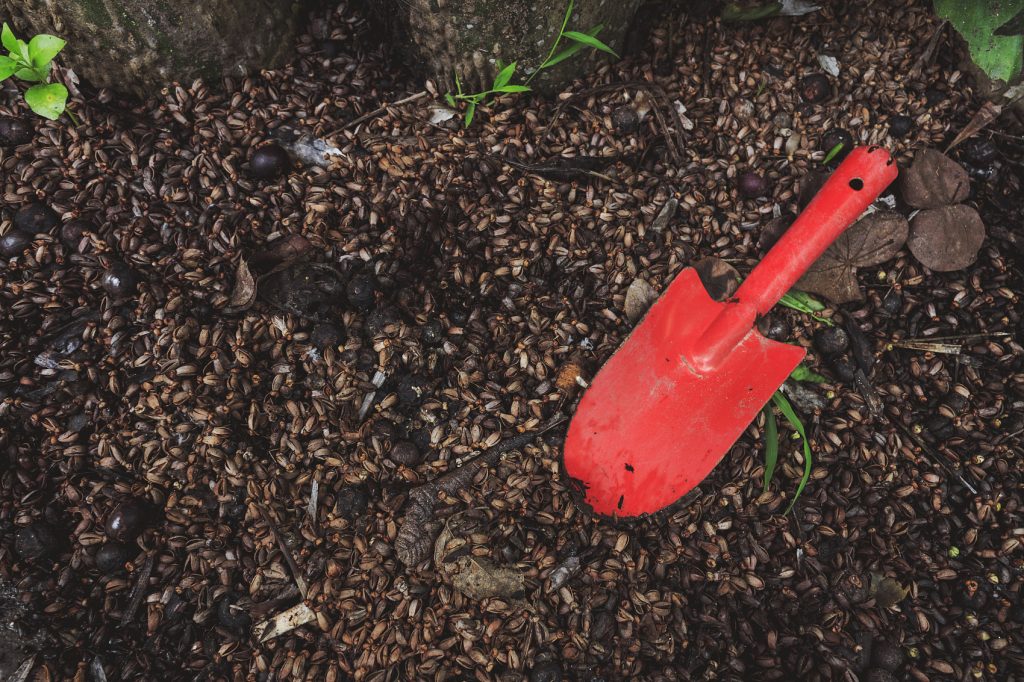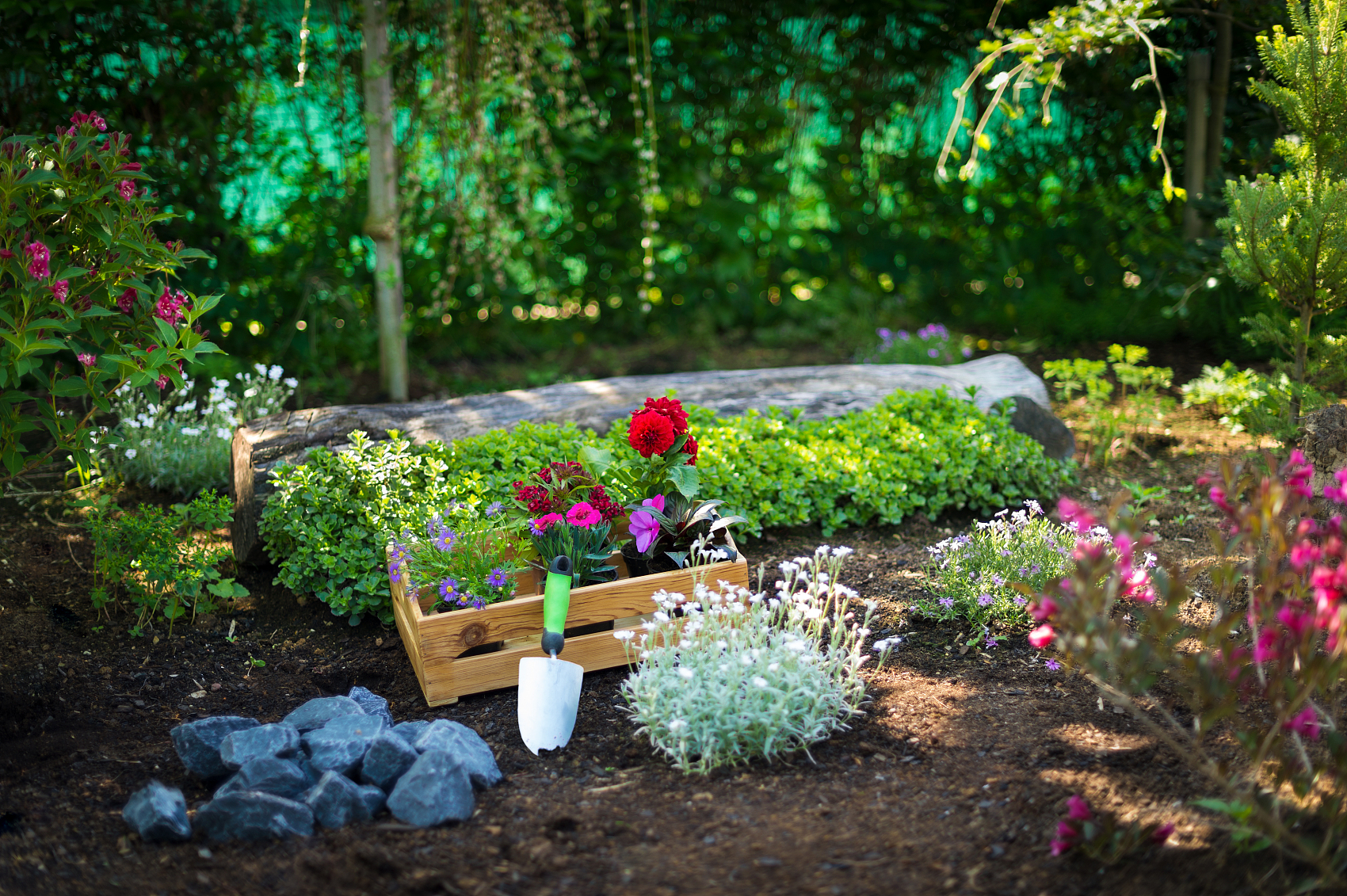Springtails are tiny insects that measure anywhere from 1/64 inch to about 1/2 inch long. They come in various colors, like bright blue, pink, yellow, red, as well as gray, brown, or black, and are part of the sub-class Collembola.
Their name comes from a forked appendage that allows them to “spring” or jump, even though they don’t have wings. Interestingly, they’re no longer classified as insects because of the way they chew, internally.
Springtails love moist, mulched areas where they feed on algae, decaying plant material, fungi, and mold. After a heavy rain, they might even end up in your swimming pool.
In homes, you’ll usually find them in damp places such as kitchens, bathrooms, basements, window frames, leaf litter, and potted plants. While they don’t cause significant damage, their large numbers can become a nuisance. They can chew on plant roots, weakening the plants and affecting their overall health.
Are Springtails Harmful?
No, springtails are harmless to humans and don’t bite.
What Are Springtails? Life Cycle & Reproduction
Springtails reproduce quickly. From egg to adult, it only takes about four to six weeks. Females lay eggs either singly or in small packets, which hatch in about five to ten days, depending on the weather conditions.

How to Get Rid of Springtails in Your Garden and Houseplants
Getting rid of springtails can be tricky, especially with chemicals. Most chemicals aren’t very effective, and the moisture they thrive in makes it hard to eliminate them. Here are some strategies to reduce or prevent springtail infestations:
1. Water Plants Less Frequently:
If you notice springtails in your houseplants, let the soil dry out a bit before watering again. Springtails dislike dry soil, so this disrupts their habitat and helps stop their reproduction. Consider bottom watering your plants, where they “wick up” moisture, to avoid creating a damp environment for them.
2. Regular Inspection and Removal:
Check around the edges of pots and exposed root crowns, as springtails tend to gather there. Periodic inspections help catch infestations early and also help identify other pests that might be lurking.
3. Use Insect Growth Regulator Sprays:
For serious infestations, consider using a natural insect growth regulator like azadirachtin, which disrupts the springtails’ growth cycle and prevents them from feeding. Organic products like this are safer for both the environment and your plants.
4. Be Cautious with Insecticides:
Many insecticides aren’t effective against springtails, and some may even pose risks to your health. The most effective strategy remains controlling moisture levels around your plants.
5. Reduce Mulch Around the Foundation:
Springtails love moist environments, so make sure to keep mulch, leaves, and grass away from the foundation of your home. Seal any cracks in the foundation and ensure windows and doors close tightly to prevent entry.
6. Use Cedar Essential Oil:
Cedar oil is a natural remedy for springtail infestations. Use it in your garden or home to repel or eliminate these pests. Make sure to use a purified cedar oil, as aromatherapy oils may not be effective. A fog machine can help the oil reach cracks and crevices where springtails hide.
7. Inspect Plants Before Buying:
Many springtail infestations start when you bring a potted plant into your home. Always inspect the soil for signs of springtails before purchasing. You can gently press the soil to see if any springtails “jump” out.
8. Use Food-Grade Diatomaceous Earth:
Diatomaceous earth (DE) is a natural, non-toxic option to control springtails. Sprinkle it on your plants or apply it as a soil drench. It may require multiple applications for effective results.
By using these methods, you can significantly reduce or eliminate springtail infestations in your home and garden without relying on harsh chemicals.













